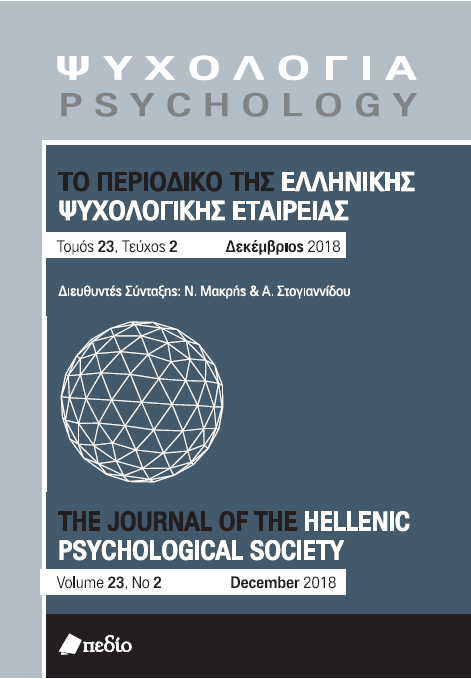Determinants of diagnostic and pseudodiagnostic information selection

Abstract
Pseudodiagnosticity refers to the tendency to select impoverished information in preference to equally available diagnostic data. Mynatt, Doherty, and Dragan (1993) reported that pseudodiagnostic reasoning was attenuated in problems in which the information selection had consequences for the reasoner’s future actions in contrast to problems
in which it did not. Girotto, Evans and Legrenzi (1996) denied that such “action” problems fostered better information selection because they argued that in Mynatt’s et al.’s study action and non-action or inference
varied in how the decision task was framed. It was predicted that for action problems there will be a higher frequency in informative data selection vs. both inference problems. In addition to that, a primacy effect for inference problems would occur irrespective of sequence of data presentation but not for action problems. We re-examined the way people reasoned about action problems and inference problems taking into consideration Girotto et al.’s criticisms. We found that even when the presentation and salience of the information was equated in both kinds of problems, diagnostic information selection was more likely for
action that for inference problems.
Article Details
- How to Cite
-
Tsiourpas, M., Vallee - Tourangeau, F., & Kordoutis, P. (2020). Determinants of diagnostic and pseudodiagnostic information selection. Psychology: The Journal of the Hellenic Psychological Society, 17(1), 25–36. https://doi.org/10.12681/psy_hps.23751
- Issue
- Vol. 17 No. 1 (2010)
- Section
- RESEARCH PAPERS

This work is licensed under a Creative Commons Attribution-ShareAlike 4.0 International License.
The journal PSYCHOLOGY adopts a Platinum open-access policy. Submission, processing or publication costs are waived by the Hellenic Psychological Society. Papers published in the journal PSYCHOLOGY are licensed under a 'Creative Commons Attribution-ShareAlike 4.0 International' licence. The authors reserve the copyright of their work and grant the journal the right of its first publication. Third-party licensees are allowed to use the published paper immediately after publication as they wish, provided they retain the defined by the license copyright formalities, regarding the reference to its author(s) and its initial publication in the journal PSYCHOLOGY. Moreover, any adjusted work should be shared under the same reuse rights, so with the same CC license.




